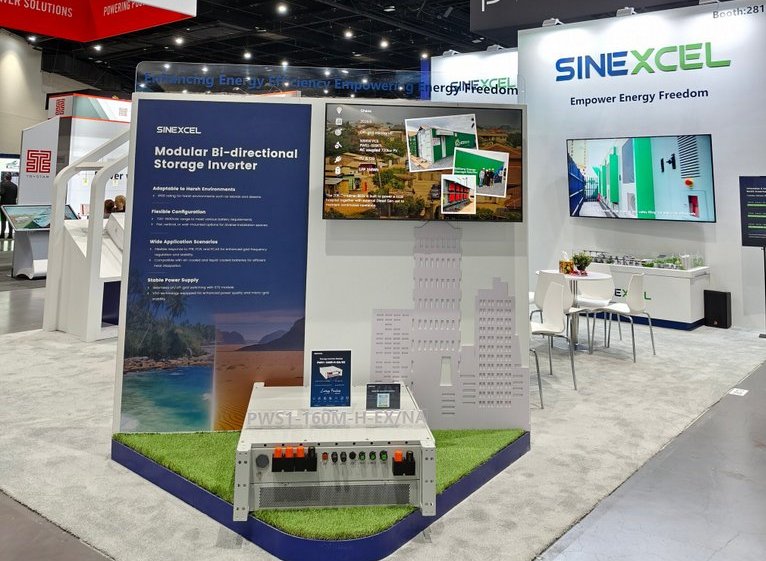PV Hardware touts new slope tolerance benchmark for solar tracker

Solar tracker structures that can be mounted to “follow” the natural topography of a site can be a crucial factor in the technical and financial viability of a solar project development. A solar tracker with higher slope tolerances means a greater degree of adaptability in PV project sites with complex or irregular terrains, and a reduction in the amount of grading needed to make a site viable.
PV Hardware (PVH) announced a new technical advancement that allows tracker installations to adapt to up to 2 degrees post-to-post versus the more typical standard of 1.5 to 1.75 degrees. “By increasing the slope tolerance, we offer our clients greater design flexibility and the ability to build in locations previously considered too challenging or costly,” stated Eduardo Chillaron, Global Technical Manager of PVH.
This upgraded feature is now fully integrated into PVH’s latest generation of tracking systems and is already being implemented across multiple global projects in development.
The value of 2 degrees
The ability to accommodate up to 2 degrees of post-to-post variation brings immediate benefits in both engineering and environmental terms. Earthworks during site preparation can be reduced by up to 90 percent, according to PVH. This is particularly relevant in agrivoltaic projects, where maintaining the integrity of the land is essential for future agricultural use and biodiversity recovery.
Beyond environmental gains, the increased tolerance significantly improves installation efficiency. The design allows for shorter piles—up to 0.7 meters less in length—and shallower ramming depths, while also simplifying logistics and alignment procedures on-site. Together, these improvements boost PVH tracker installation timelines by over 40 percent.
Solar tracker foundations
We’ve discussed solar tracker hardware innovations a lot the last few years. On The Pitch, Sol Hutson and Charles Almy from Nextracker dig deeper on the importance of solar tracker foundations:
What role do foundations play in executing a terrain following tracker design?
Almy: “We’re kind of expanding the definition of what terrain following means to include topographic but also geotechnical conditions. Reveal window is something really important to the project engineers of EPCs. That is: how much variation can you have on your H piles, or basically the torque tube height above ground at any location. With H piles, you have a very narrow reveal window. With any sort of anchor system, where you have a a triangle — whether it be an anchor or the Ojjo solution — you get penalized a lot less for going high. We have a much bigger reveal window, which allows us to go over things that we previously couldn’t.”
Hutson: “Along a row, you may have only a 5-ft-wide section that is a wash and you need to place a pile there in order to maintain your tracker row. And to build on BLM land, there oftentimes are requirements to not cut and fill, and to leave those washes as they are. So even a terrain-following tracker may not be sufficient to be able to manage that very narrow deep and steep wash situation, where the Ojo solution as an example certainly can.”
On this episode, Chase Anderson, director of platform engineering for Terrasmart, explains the latest innovations in solar trackers, ground screws, wind tunnel testing, and solar project site planning:
Is it fair to say this is more process innovation than product innovation?
Anderson: “Very early on in the process we will do what’s called a slope analysis. We essentially use the same leg algorithm right up front when a customer provides topo so that we have the best understanding of what we’re getting ourselves into and can plan for that.
“Our products are all designed to be highly configurable, so by doing that advanced slope analysis up front, we can select the right configuration and make sure the right pieces and parts are getting to the site.
“There are things in the product that do make it unique, especially on the ground screw side. The ground screw tolerance is at grade whereas a driven pile is at the top of the pile, which could be four, five, six feet in the air. The result that we have to build the tolerances and the adjustability differently for ground screws than we do for piles.
“The other piece is the telescoping leg that we have in the ground screw is just incredibly powerful at dealing with these terrain issues. So, it’s really a mix of both, and they work together.”





Comments are closed here.